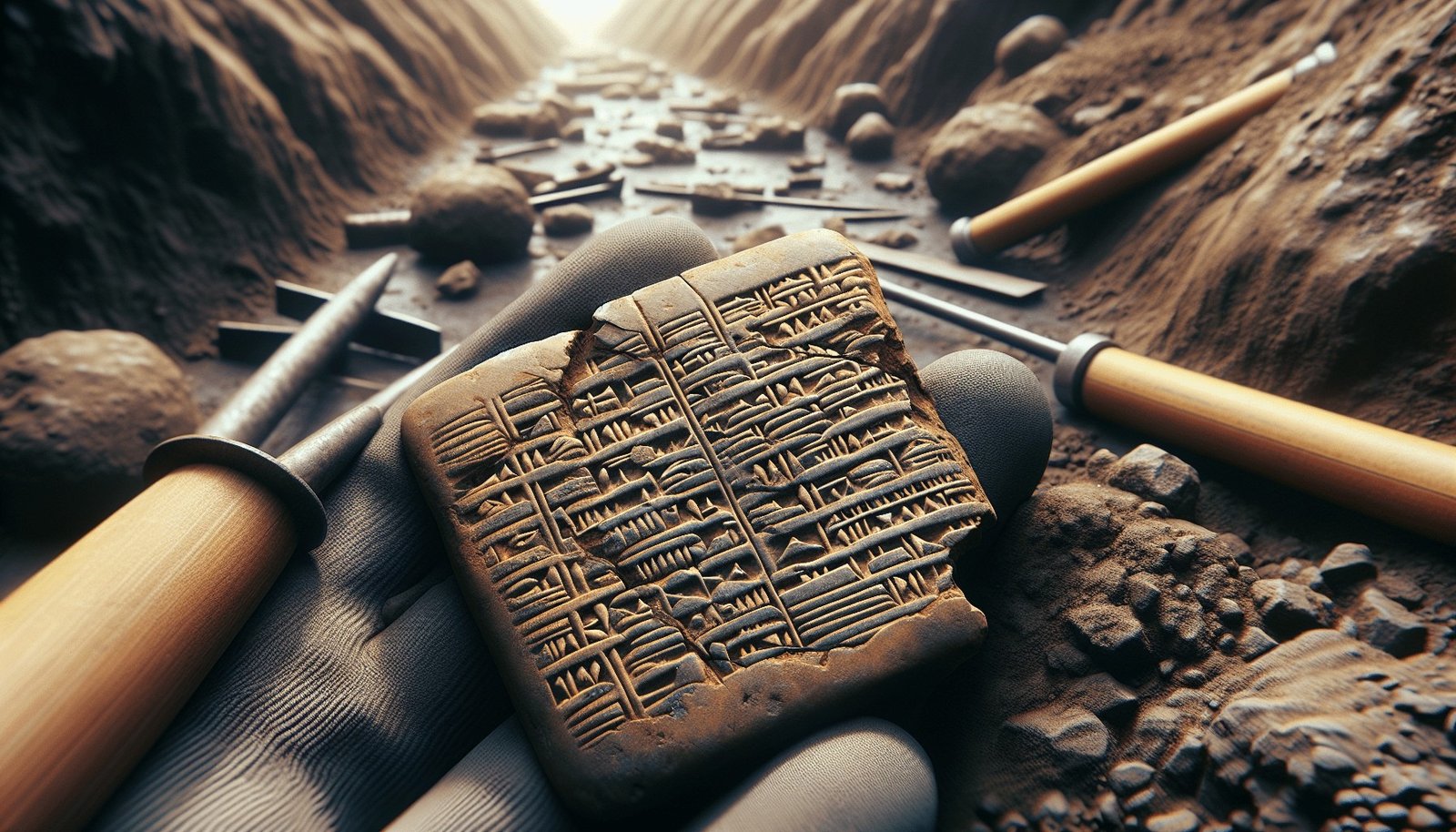Do you often wonder how scientific methods have been utilized in the analysis of biblical archaeology, shedding light on ancient histories that intertwine faith with factual evidence? Within the realm of biblical archaeology, scientific analysis not only substantiates religious texts but also provides a lens through which historical narratives can be better understood and appreciated. This article delves into the methodologies and findings that define this fascinating intersection of science and scripture.
Discovery Context
Biblical References and Historical Background
Biblical archaeology thrives on the tangible connection between ancient artifacts and stories rooted in sacred texts. A significant portion of its focus revolves around the Old Testament, where cities such as Jericho and Jerusalem serve as pivotal locations. For instance, the walls of Jericho have long been the subject of both biblical narrative and archaeological investigation. The biblical account of Joshua’s conquest of Jericho narrates the miraculous collapse of the city walls, a story that has posed a compelling challenge to archaeologists seeking physical evidence of such an event.
Passive layers of sediment and remnants of ancient structures are pieced together to construct the historical backdrop, providing context beyond the written word. These sites, existing along the Jordan River and across the Levant, are rich with the vestiges of past civilizations. The broader archaeological community has a vested interest in unearthing truths that not only substantiate religious tales but also fill gaps in our historical understanding.
Geographic Location and Recent Findings
Geographically, these archaeological pursuits span the modern regions of Israel, Jordan, Egypt, and surrounding areas. Recent excavations and technological advancements in these locations have uncovered artifacts that confirm the historical whereabouts of ancient populations. In the past few decades, the unearthing of pottery, relics, and remnants of ancient edifices have bolstered the chronological narratives described in biblical texts.
A notable discovery is the Tel Dan Stele, a ninth-century BCE inscription that references the “House of David,” providing external evidence of the biblical King David’s historical existence. Advances in satellite imagery and ground-penetrating radar further enhance exploration, offering a non-invasive peek into what lies beneath the earth’s surface—ready to be discovered, documented, and analyzed.
Archaeological Evidence
Specific Artifacts and Dating Methods
The core of scientific site analysis in biblical archaeology lies in its ability to meticulously analyze physical evidence. The burgeoning collection of artifacts includes ceramics, inscriptions, and structural remnants. Radiocarbon dating stands as a pivotal method in determining the age of these findings, providing a timeline that aligns—or sometimes contrasts—with biblical chronology.
Carbon dating, thermoluminescence, and dendrochronology each offer unique insights into the past, enabling archaeologists to piece together timelines with precision. For instance, the ages assigned through radiocarbon dating to various layers of debris at Jericho have been critical in understanding the sequence and timing of historical events documented in the Bible. This scientific rigor substantiates narratives or prompts further investigation when discrepancies arise.
Physical Descriptions and Expert Interpretations
The analysis extends beyond mere dating; it also encompasses the physical examination and interpretation of the artifacts. Consider etched stones or clay tablets that reveal not just textual affirmations but complex societal insights: trade patterns, cultural practices, and social hierarchies of the time.
Experts in the field, drawing from comprehensive study and experience, provide interpretations that bridge the span between ancient practice and modern understanding. These interpretations often necessitate a multidisciplinary approach, integrating paleography, linguistics, and cultural anthropology. Their expertise is critical for contextualizing material findings within a biblical framework, yielding a nuanced understanding of historical and cultural dynamics.
Significance
Biblical Implications and Historical Impact
The implications of these archaeological endeavors extend into multiple dimensions of theological and historical significance. Confirmed links between artifacts and biblical events ground religious narratives in historical reality, offering believers tangible validation of their faith’s stories.
Furthermore, these discoveries reshape historical impact, providing new perspectives on the socio-political landscapes described in biblical accounts. They challenge or corroborate existing interpretations and invite ongoing dialogue between history, religion, and science.
Modern Understanding and Research Status
Today, archaeological methods continue to evolve, with each development offering sharper insights. The integration of cutting-edge technology into traditional digging methods has transformed site analysis, making discoveries more precise and impactful. However, the research is often subject to debate, societal interests, and, at times, political influence.
Academic journals and popular scientific publications frequently address the topic, reflecting both the depth and controversial nature of modern biblical archaeological research. The debate remains robust, with potential to influence contemporary religious thought and scholarly approaches to historical anthropology.
Conclusion
This exploration into the scientific site analysis of biblical archaeology underscores its significance in bridging past and present. By marrying physical evidence with ancient narratives, the discipline not only enriches our understanding of human history but also cultivates a dialogue between faith and evidence. As technology advances and archaeological techniques refine, future explorations promise to further illuminate the shared journey of humanity and its sacred stories. For those intrigued by the entwinement of faith, history, and science, this field warrants close attention and continued scholarly pursuit.
The quest for understanding in biblical archaeology calls for inquisitive minds to engage with both the artifacts and narratives of early civilizations. Such engagement may drive future scholarly and lay discussions, inviting continuous reflection on how historical truths are shaped, discovered, and understood.






